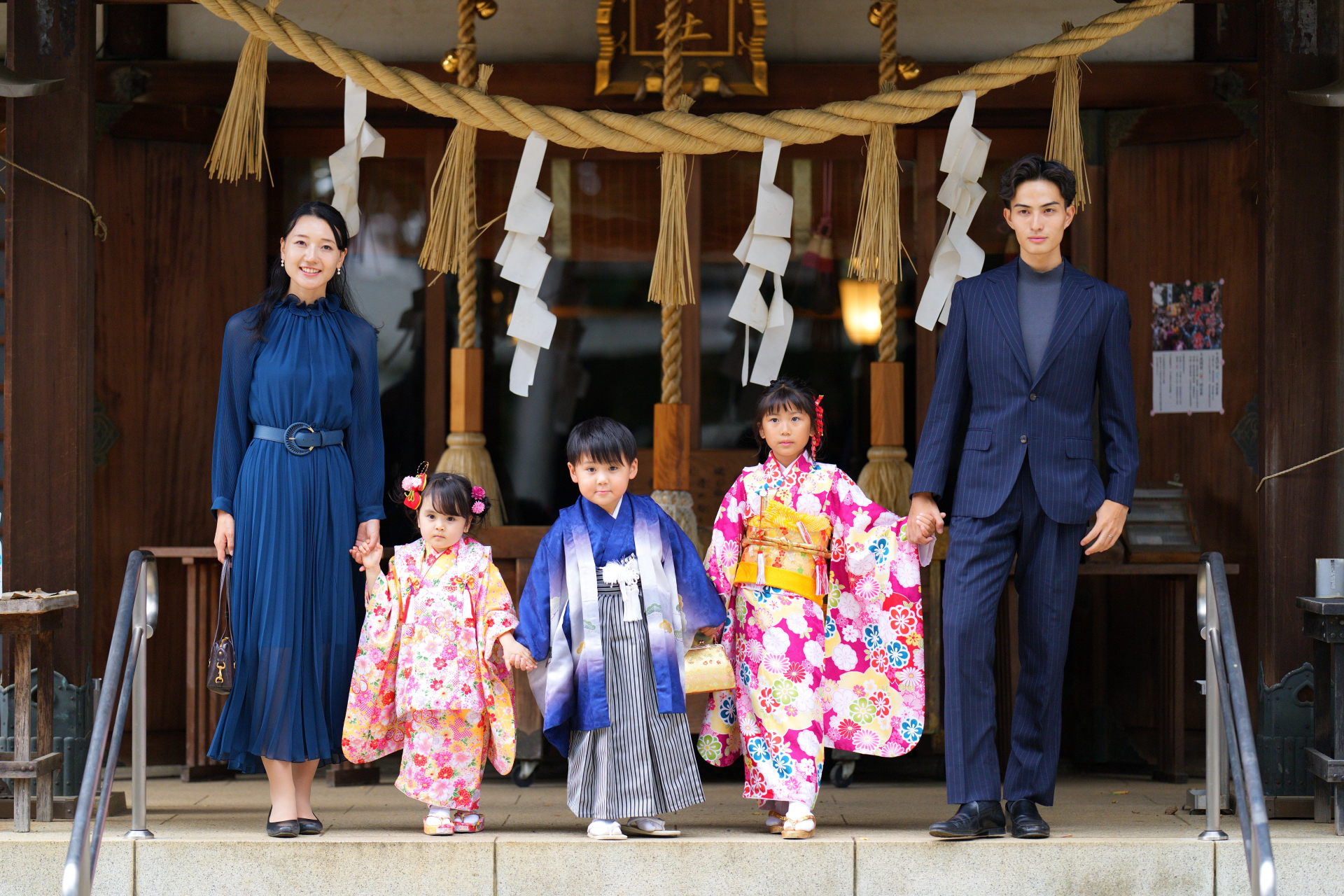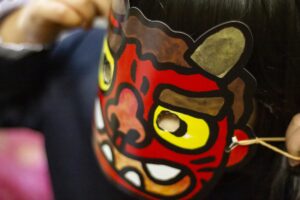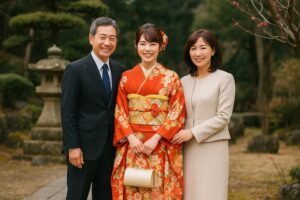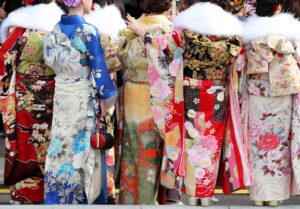Shichi-Go-San is a cherished Japanese celebration for children aged three, five, and seven, marking significant milestones in their growth. While rooted in centuries-old traditions, the way families commemorate this event has evolved—particularly in how they capture it through photography. In this article, we explore how modern photography blends with tradition, the latest trends, and how families—both Japanese and international—can create lasting memories during this special occasion.
What is Shichi-Go-San?
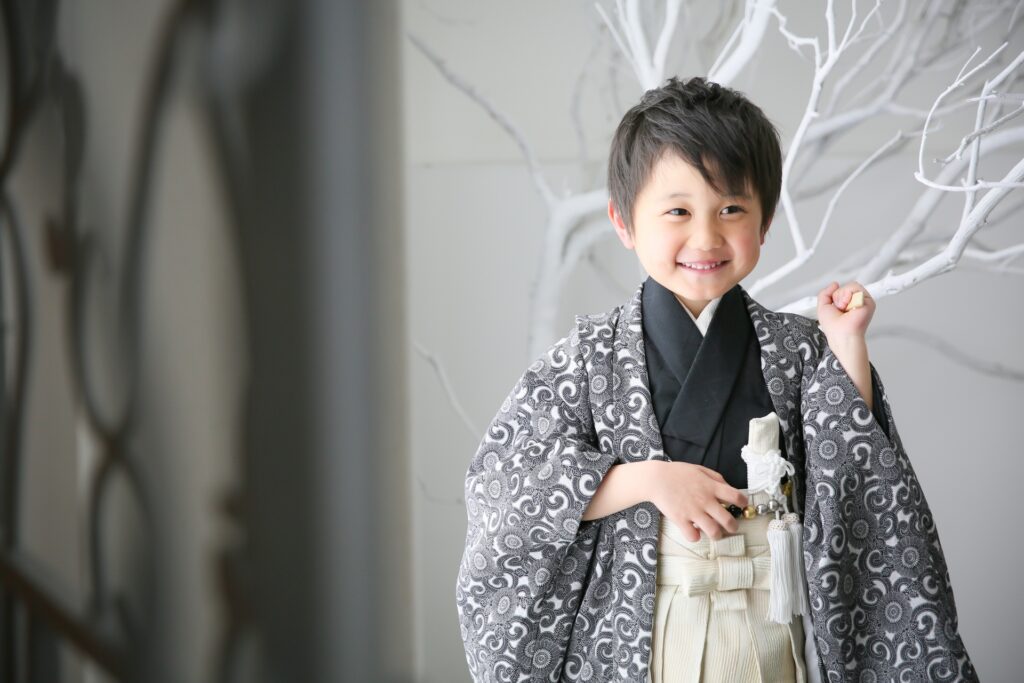
Shichi-Go-San (literally “Seven-Five-Three”) is a traditional Japanese festival that celebrates the growth and well-being of children aged three, five, and seven. The origins of this custom date back to the Heian period (794–1185), when noble families marked these ages as milestones in a child’s development. Over time, this evolved into a widely practiced cultural tradition observed across Japan every year on or around November 15.
The ages of three, five, and seven are considered particularly significant in Japanese culture. At age three, both boys and girls are allowed to grow out their hair (known as kamioki); at five, boys celebrate wearing hakama pants for the first time; and at seven, girls wear the traditional obi sash with their kimono for the first time. Each of these rites of passage reflects a cultural emphasis on physical growth and the transition to the next stage of childhood.
The celebration traditionally involves a visit to a Shinto shrine, where children are dressed in beautiful kimono and receive blessings from Shinto priests. Families often present their children with chitose-ame (“thousand-year candy”), which symbolizes long life and good health. The vibrant visuals of children in ornate kimono set against the backdrop of sacred shrines have made Shichi-Go-San not just a religious ritual but also a beloved photo opportunity for families.
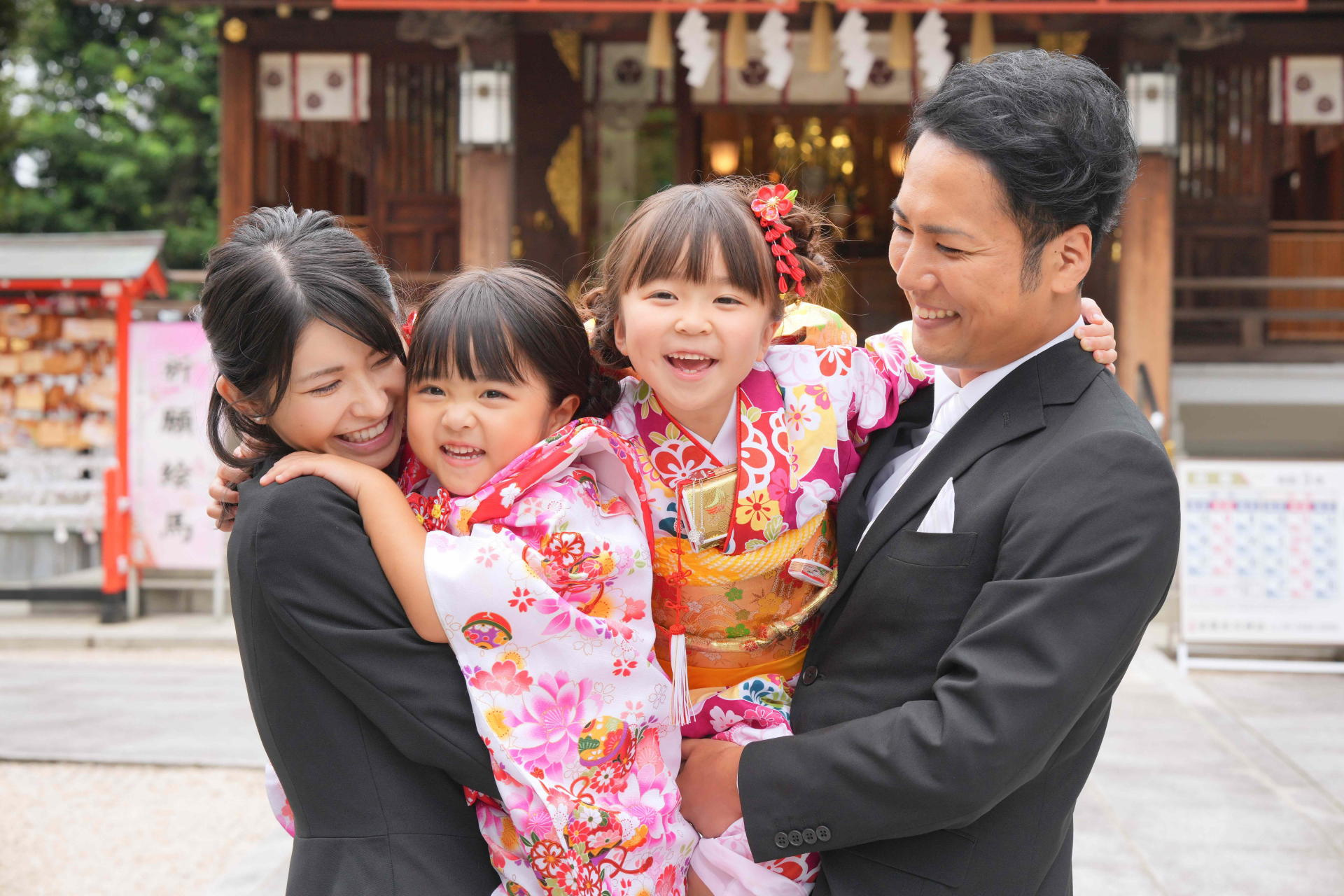
How Shichi-Go-San Photography Has Evolved
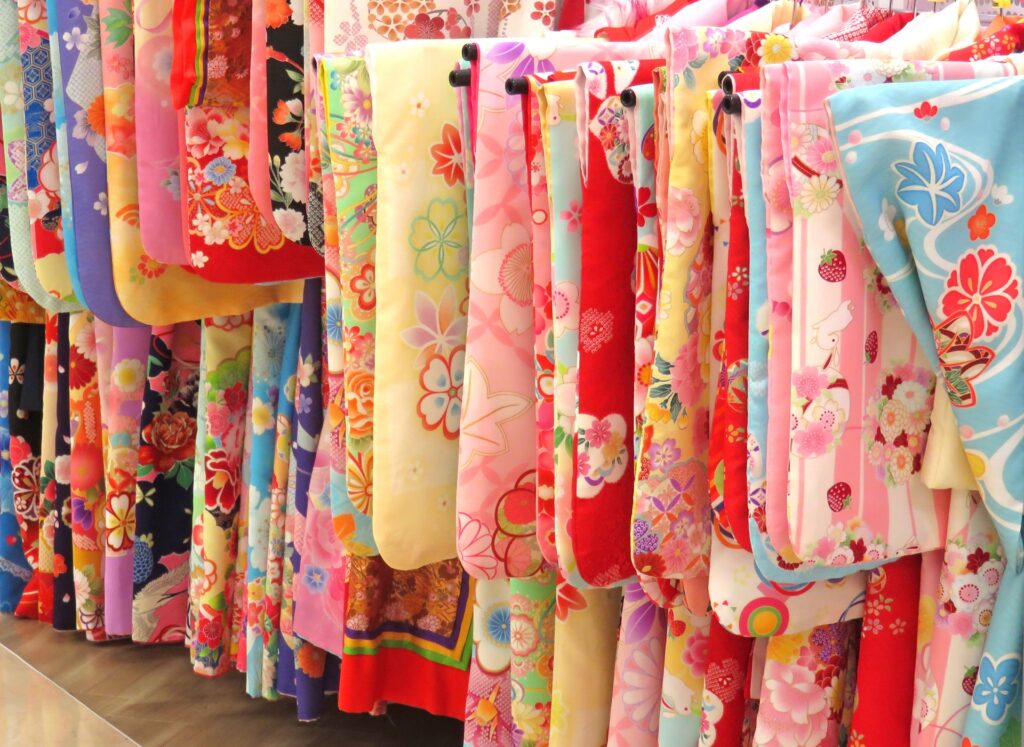
In earlier times, Shichi-Go-San photography was typically limited to formal portraits taken after a visit to the shrine. These images served as keepsakes and were often reserved for family albums or framed displays. However, as societal rhythms and family structures have changed, so too have the customs around this celebration.
Today, many families choose to commemorate Shichi-Go-San with a professional photo shoot, sometimes even skipping the traditional shrine visit. This shift has been driven by practical considerations such as busy schedules, distance from shrines, or secular preferences. The photography experience has become more personalized, accessible, and often more informal.
Modern studios like Studio Alice, Photo Studio Cocolofull, and Studio Ciel offer comprehensive packages that include kimono rental, hairstyling, makeup, and even bilingual support—ideal for international families living in Japan. These services often include themed backdrops (seasonal scenes, cherry blossoms, traditional homes), cloud-based photo delivery, and custom photobooks.
A major trend in contemporary Shichi-Go-San photography is storytelling. Rather than stiff, posed portraits, many families opt for photo sessions that capture candid moments—siblings giggling, a child’s reaction to seeing themselves in kimono, or interactions with parents. This evolution reflects a broader shift in family photography: capturing the essence of the moment rather than just the look.
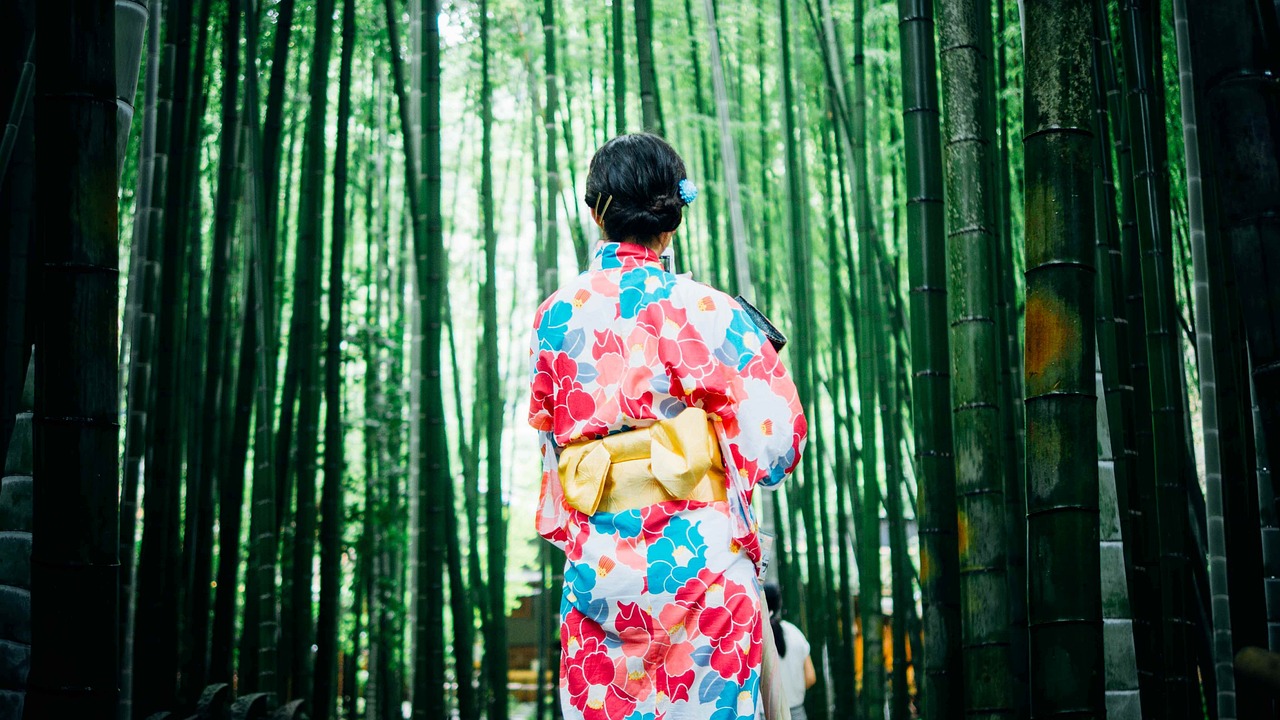
Traditional vs Modern Photography Styles
| Aspect | Traditional Photography | Modern Photography |
| Cost | Moderate to high | Varies widely (from DIY to luxury) |
| Shooting Time | Short and structured | Flexible, often longer |
| Type of Poses | Formal, static | Candid, dynamic |
| Background Setting | Studio or shrine altar | Outdoor, thematic, lifestyle sets |
| Photographer Style | Directed, formal | Story-driven, documentary style |
Parents now decide their photography style based on the intended use. Some prioritize heirloom-quality prints, while others prefer social-media-ready content. Both styles coexist, allowing families to craft the experience that aligns with their values.
Popular Photo Locations for Shichi-Go-San
Japan offers countless photogenic settings for Shichi-Go-San shoots. Here are some top picks:
- Meiji Shrine (Tokyo): Iconic and deeply spiritual, though often crowded. Professional photographers available nearby.
- Asakusa (Tokyo): Offers a blend of traditional and urban backdrops. Kimono rental shops and photo studios are abundant.
- Fushimi Inari Shrine (Kyoto): Known for its red torii gates, this location provides a dramatic backdrop but can be busy.
- Hie Shrine (Tokyo): Centrally located and known for its vibrant stairs and tranquil atmosphere.
- Tsurugaoka Hachimangu (Kamakura): A picturesque shrine often used for family photos, with seasonal charm.
Shrines remain the most popular and culturally appropriate locations for Shichi-Go-San photography, providing a sense of authenticity and tradition. Many studios offer location shoots at these spots, and it’s advisable to book early during the Shichi-Go-San season (October–November).
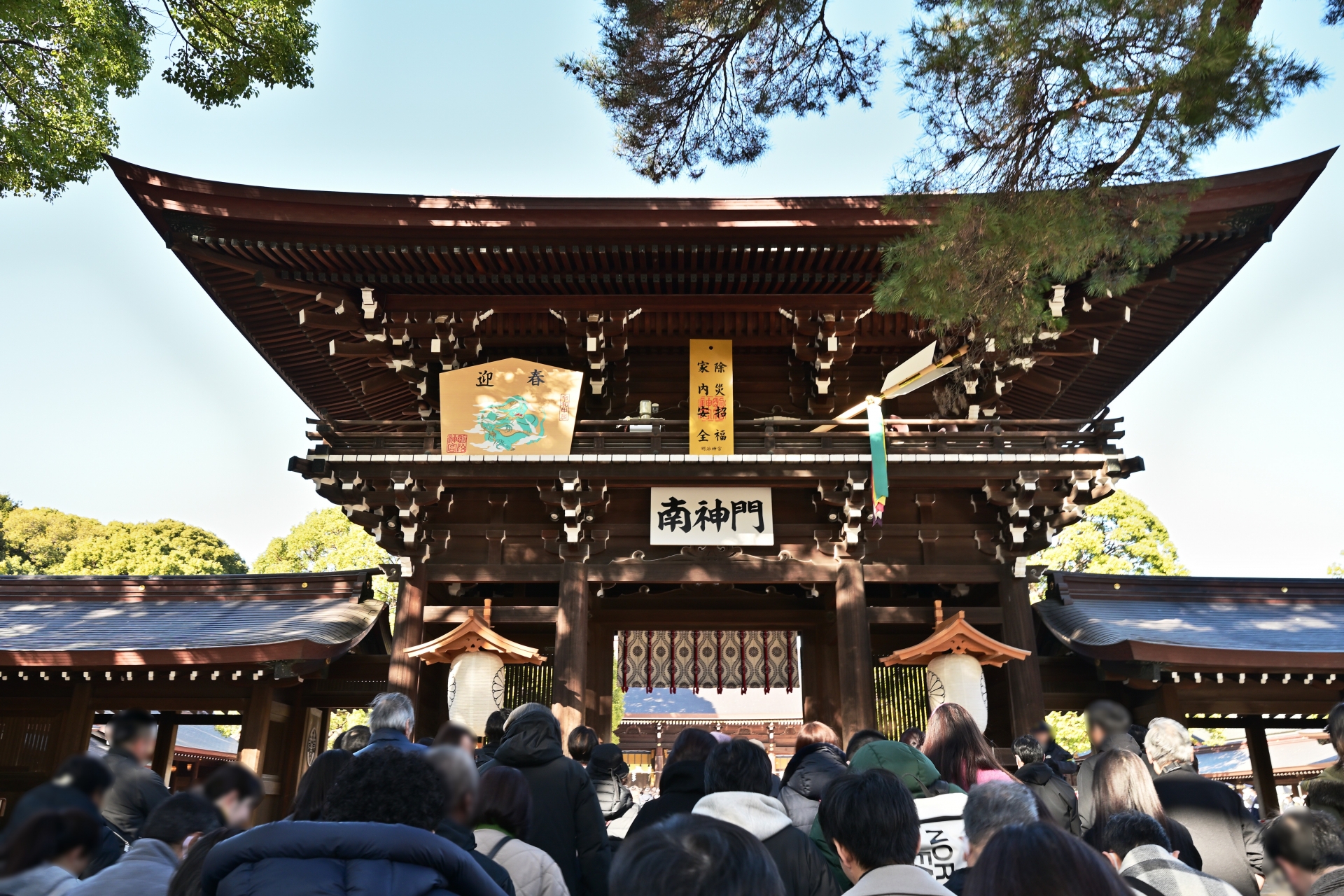
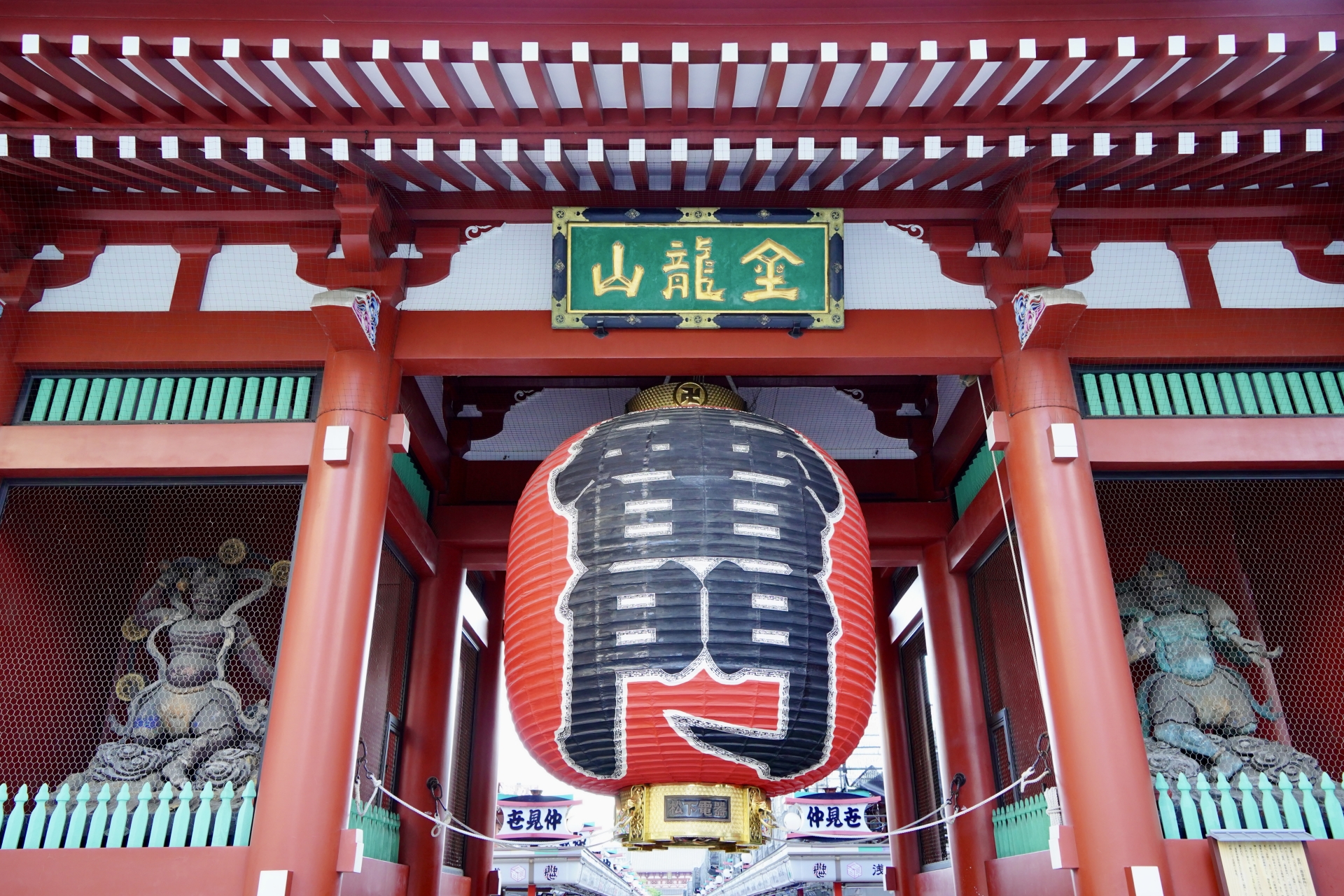
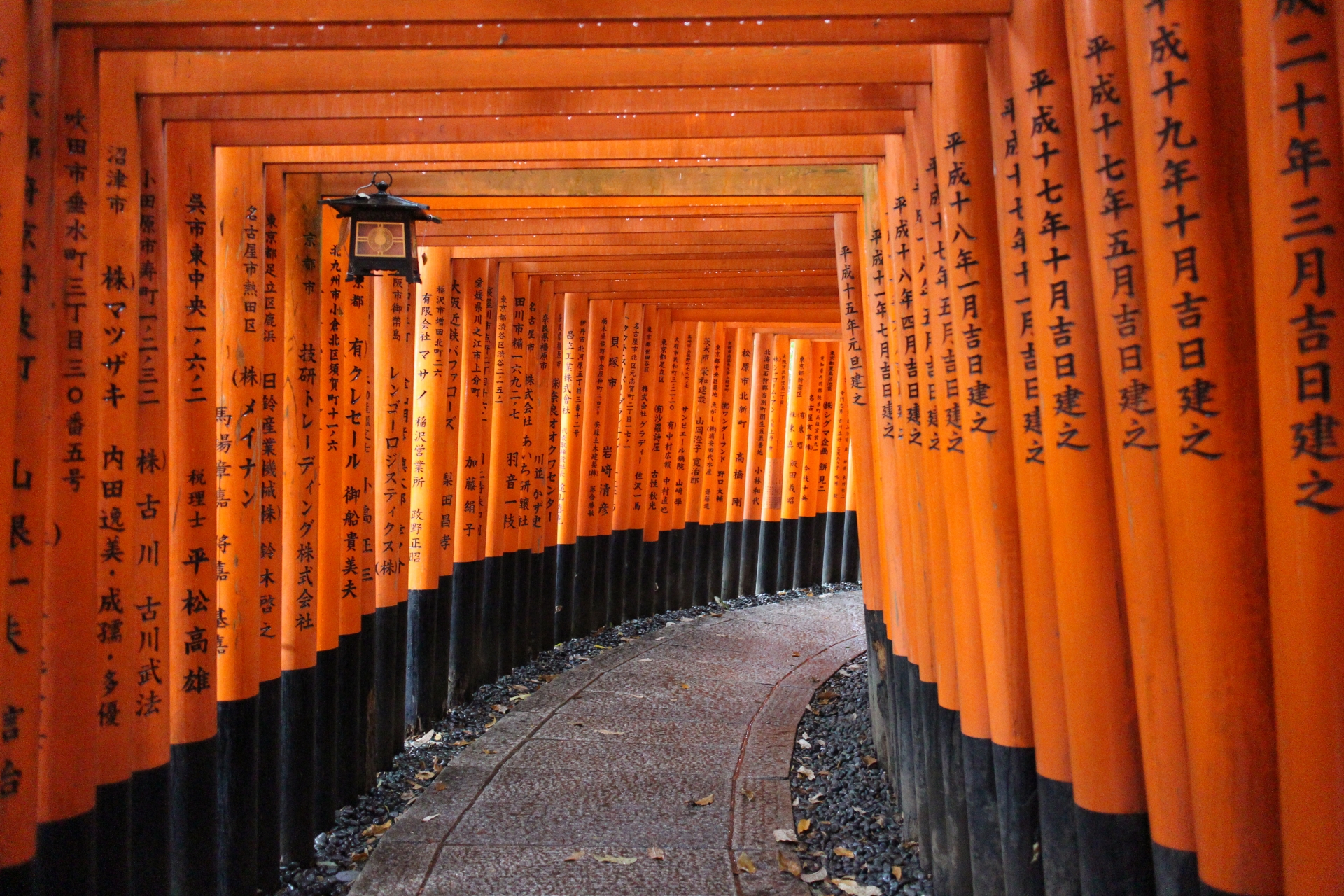

What to Prepare for a Shichi-Go-San Photoshoot
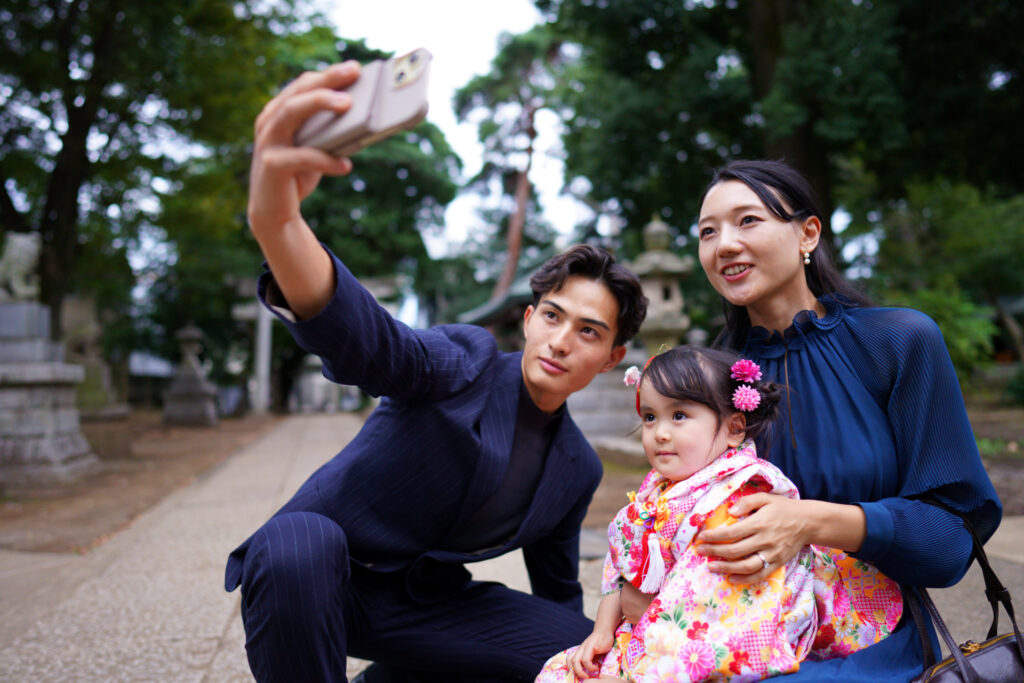
Preparing for a Shichi-Go-San shoot involves several elements. Here’s a quick checklist:
Essential Checklist:
For foreign residents in Japan, many services now offer English-language support. Websites like Studio Alice or Tokyo-based Cocolofull cater specifically to international families.
DIY vs Professional Photography
DIY Pros:
- Budget-friendly
- More casual and relaxed
- Flexible schedule
DIY Tips:
- Best times: Early morning or golden hour
- Camera: Use portrait mode or prime lens
- Focus on candid moments (e.g., putting on kimono)
Professional Pros:
- High-quality results
- Full-service (hair, makeup, attire)
- Less stress for parents
Professional Tips:
- Choose a photographer experienced in child shoots
- Book 1–2 months in advance
- Clarify digital vs print delivery options
Choose based on your budget, time, and the kind of memory you want to create.
Cultural Etiquette During Photography
When photographing at shrines or public locations, it’s important to observe local customs:
- Avoid interfering with ceremonies or rituals
- Do not block paths or sacred spaces
- Ask permission before taking close-ups of strangers
- Keep noise levels down, especially with young children
International families should note that while photography is welcomed in many shrines, some may restrict flash or tripod use. Always check signage or ask staff.
Global Adaptation: Celebrating Shichi-Go-San Abroad
As Japanese families increasingly live abroad, many are finding creative ways to celebrate Shichi-Go-San outside Japan. Cultural centers and Japanese communities in cities like Los Angeles, London, and Sydney often hold annual gatherings or photography events to mark the occasion.
Alternative approaches include:
- Kimono rentals from local Japan centers or online shops
- Home altars or symbolic shrines for blessings
- Outdoor photoshoots in parks with seasonal backdrops
Some expat parents have shared stories of hiring local photographers and explaining the tradition through visual storytelling. Platforms like Instagram and family blogs have helped connect families with resources and inspiration.
Services such as Kawaii Kimono Rental (U.S.) or Japan Photo Studio (Australia) provide kimono attire and professional photography tailored to Shichi-Go-San abroad.
Social Media and Shichi-Go-San: A Modern Showcase
The celebration of Shichi-Go-San has found a new platform—social media. Parents love sharing their children’s big day on Instagram, Facebook, and TikTok, turning these personal moments into global cultural showcases.
Popular Hashtags:
- #ShichiGoSan
- #七五三
- #JapaneseTraditions
- #KimonoKids
Trending photo styles include:
- Side profile shots in torii-lined paths
- Siblings in matching kimono
- Candid laughs and playful gestures
- Before-and-after kimono transformations
Social media has influenced not only the content but also the style of photography. Filters, cinematic reels, and aesthetic curation now play a role in how families choose photographers and plan outfits. While some worry about over-commercialization, others appreciate how social platforms allow for cultural sharing and memory preservation.
Summary: The Fusion of Tradition and Modernity in Shichi-Go-San
Shichi-Go-San remains a beloved rite of passage in Japan, honoring children’s growth and cultural heritage. While the core elements—kimono, shrine visits, blessings—remain cherished, the way we capture and celebrate these moments has evolved.
Photography has moved from stiff studio portraits to dynamic, storytelling-driven shoots. Families now have more options than ever—whether celebrating in a Shinto shrine in Kyoto or a local park in San Francisco. With proper preparation, attention to etiquette, and a focus on memory-making, Shichi-Go-San becomes more than a tradition—it becomes a global, visual celebration of identity and childhood.
Capturing these moments is more than a cultural act—it’s a way to give children a lifelong gift of memory and identity.

